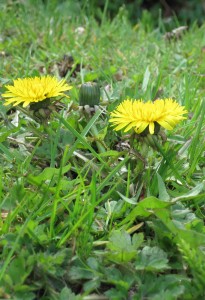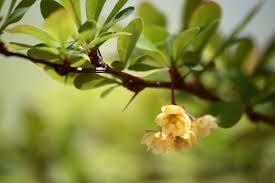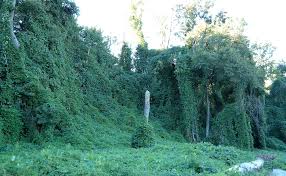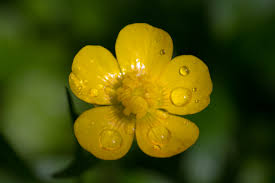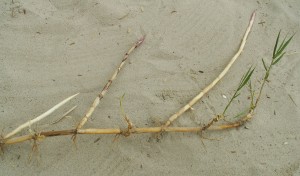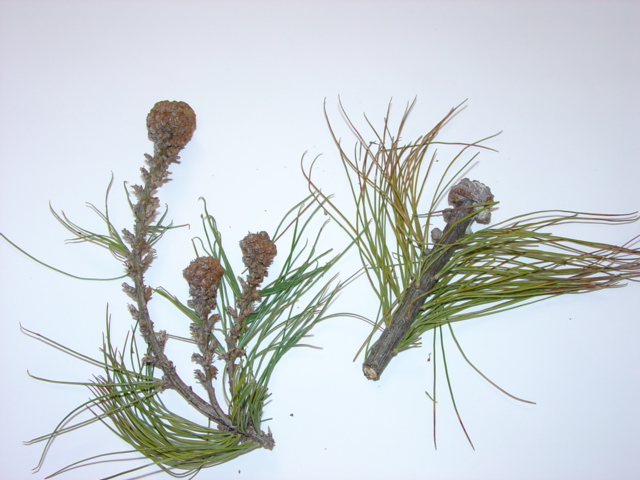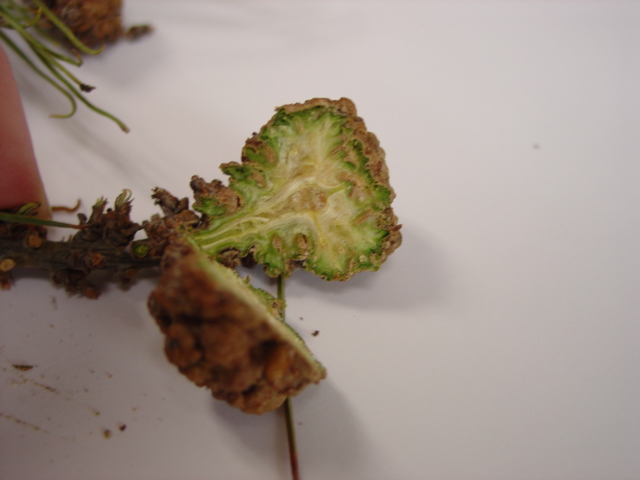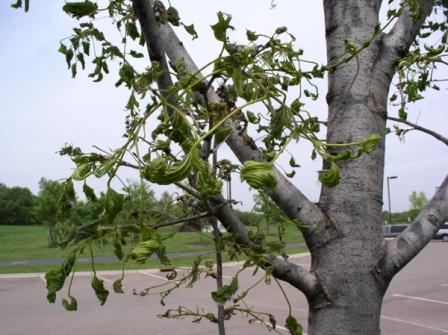Clowns to the left of me,
Jokers to the right, here I am,
Stuck in the middle with you
More than once in the past couple months I’ve come close to pulling the plug on FaceBook. What started as a fun and easy way to keep up with family and friends back home and stalk old girlfriends has devolved into an infinite do-loop of whininess, acrimony and vitriol over GMO’s, organic food, vaccines, and President Obama. Of course, I brought a lot of this on myself based on the virtual company I choose to keep. While my allegiances generally align with groups such as GMOLOL, GMOskepti-forum, and the Genetic Literacy Project, more and more I find myself just as appalled by their tactics and rhetoric as I am by those of the anti-GMO side. I have many thoughtful and intelligent friends that think GMO’s should be labeled or even banned and I’m fairly certain none of them want poor African children to go blind.
Quick aside here: Raise your hand if you have ever changed your mind on an important issue based on an internet meme.
The problem in this type of discourse is that everything has become an all or nothing game. If you concede even the slightest point to the other side, you have become a wishy-washy capitulator. But the underlying problem is the answer in science is often “It depends.” In the GP blog and elsewhere, much has been made of the Pew Research poll that showed the biggest opinion gap between the scientists and the public was over GMO safety. Had I been polled, I would have agreed that GMO’s are generally safe. But that doesn’t mean I don’t think there are concerns. Heavy agricultural use of glyphosate is leading to the development of Round-up resistant weeds. Likewise, the potential of GMO crops out-crossing with native plants cannot be discounted. Scientists working on GMO’s, of course, are aware of these issues and are constantly working on steps to manage and minimize these risks, but they could still come back someday to bite us in the butt – the risks, not the scientists.
Another problem with controversies on the interwebs is that issues get over-simplified. The endless argument over organic food is just stupid. Saying organic production is better than conventional farming (or vice versa) is like saying Ford is better than Chevrolet: You can’t compare without knowing which model: Pick-ups? Sedans? SUV’s? Or what’s being compared: Gas mileage? Crash safety? Resale value? The same is true with organic vs conventional: What crop? Celery? Apples? Carrots? Lettuce? And what measure? Pesticide residue? Carbon footprint? Food safety? The debate is an interminable game of whack-a-mole. I suspect anyone with access to ‘Web of Science’ and an afternoon to kill could come up with a couple dozen studies to support either side. My personal view is I’ll pay a modest premium for organic produce if it clearly looks better, or in the case of small fruits that I can sample before I buy, tastes better than the conventional counterpart.
The other issue in the social media wars is that we need to admit and accept the limits of our knowledge. The Pew poll and other surveys indicate that most scientists agree that climate is changing due to human activity. Again, I’m with the majority of scientists on this. But only a small portion of those scientists are actually trained in climatology and understand and appreciate the nuances of the Global Circulation Model or the Pacific Decadal Oscillation. What I know with certainty is that CO2 and other greenhouses gasses have risen consistently and dramatically since the Industrial Revolution. How will that impact climate in 100 years? I have no clue beyond what the climate scientists tell me. Do I have any reason to doubt their projections of steady increased temperatures? None beyond the fact the GCM, like all models, is only as reliable as the data and assumptions it is built on. Does this make me a right-wing climate change denier? Hardly. But I am self-aware enough to know what I don’t know.
Bottom-line, even on issues where a vast majority of scientists agree, there are still unanswered questions and areas of uncertainty and always will be. In the meantime, we still have to make policy decision with the information at hand. Talking about these issues intelligently and respectfully will get us further than derision and mockery.
In the meantime, if you open up FaceBook and I’m not there, you’ll know I’ve finally had my fill.






